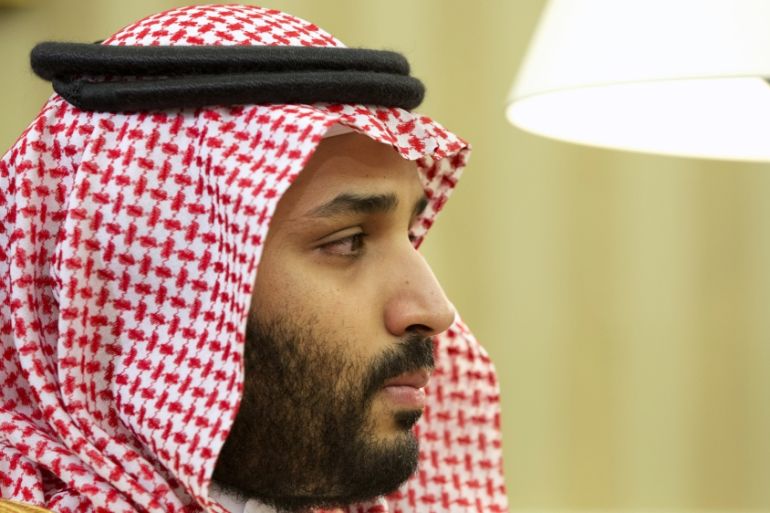Saudi Aramco eyes $1 trillion listing
Amid low oil prices and burgeoning budget deficits, oil giant confirms it is considering listing in capital markets.

The world’s largest oil company Saudi Aramco confirmed on Friday it is considering selling shares as part of a privatisation drive – a move that could create the first listed firm valued at $1 trillion or more.
In an interview with the Economist magazine published on Thursday, Deputy Crown Prince Mohammed bin Salman said the government was eyeing the move to raise money in an era of cheap oil and growing budget deficits.
Keep reading
list of 4 itemsWhat’s slowing down America’s clean energy transition? It’s not the cost
Global coal use to reach record high in 2023, energy agency says
COP28 Dubai is over: Four key highlights from the UN climate summit
“I believe it is in the interest of the Saudi market, and it is in the interest of Aramco,” Mohammed told the British magazine.
Saudi Aramco said in a statement on Friday the listing proposal was consistent with the “broad and progressive direction pursued by the kingdom for reforms, including privatisation in various sectors of the Saudi economy and deregulation of markets”.
Read more: Oil price wars: Competition or control?
The oil giant has crude reserves of about 265 billion barrels, more than 15 percent of all global oil deposits. If it went public, it could become the first listed company valued at $1 trillion or more, analysts estimate.
“What they need is more revenue of some sort, so obviously if they sell a bit of Aramco they’ll get some in, and of course you can still improve efficiency of whatever a state-owned company does,” Vicky Pryce, chief economic adviser at CEBR, told Reuters news agency.
Salman did not say how large a stake the government might sell in Aramco, which produces more than 10 million barrels of oil per day – three times as much as the world’s largest listed oil company, ExxonMobil.
A sale could in the short term cover much of the huge budget deficit that Riyadh is running because of low oil prices.
Last year’s deficit totalled $98 billion, prompting the government to raise fuel and utilities charges, shooting petrol prices up by 40 percent at the pump.
While it could increase foreign investors’ interest in the Saudi stock exchange, the sheer volume of equity could initially weigh heavily on the market, which has a capitalisation of $384bn.
Salman – who as chairman of the powerful new Council of Economic and Development Affairs has broad authority over the economy – said the government would sell assets in a range of state firms: healthcare, education, and some military industries.
International investors have become increasingly concerned about Riyadh’s ability to cope with low oil prices in the long run.
|
|
| What’s behind the falling oil prices? |
Crude oil prices fell below $35 per barrel on Thursday – its lowest since 2004 – while the riyal dropped to a record low against the US dollar.
But Salman said Saudi Arabia’s low debt and huge array of assets meant it could cope easily with financial pressures. He said the government planned to provide state-owned funds with assets worth $400bn in the next few years.
As part of efforts to diversify revenues beyond oil, the government has said it plans to introduce a value-added tax in coordination with neighbouring Gulf countries.
“One interesting thing again would be whether other countries in the Gulf follow the same pattern,” said Pryce.
“We have already seen some other countries … doing different things such as financial services or much more tourism. Even Saudi Arabia is talking about improving its own tourism – away from just religious tourism to more Western-type tourism.”